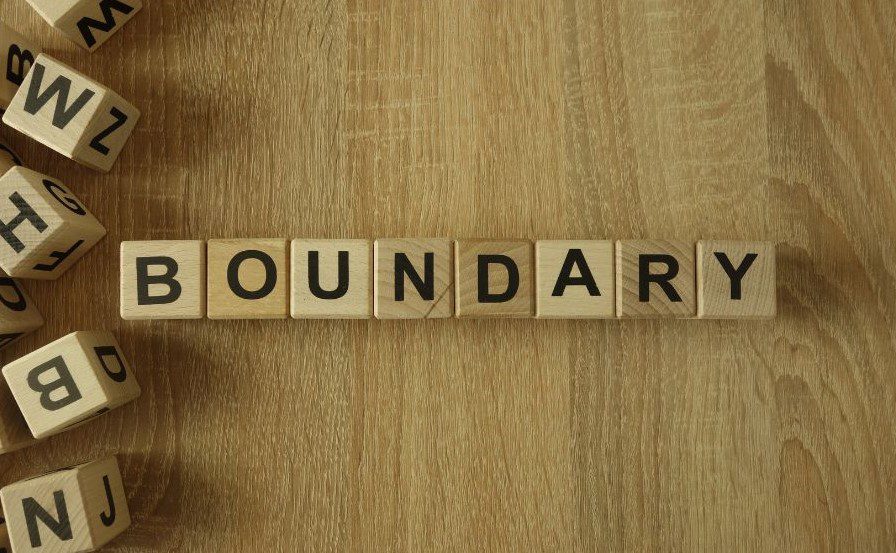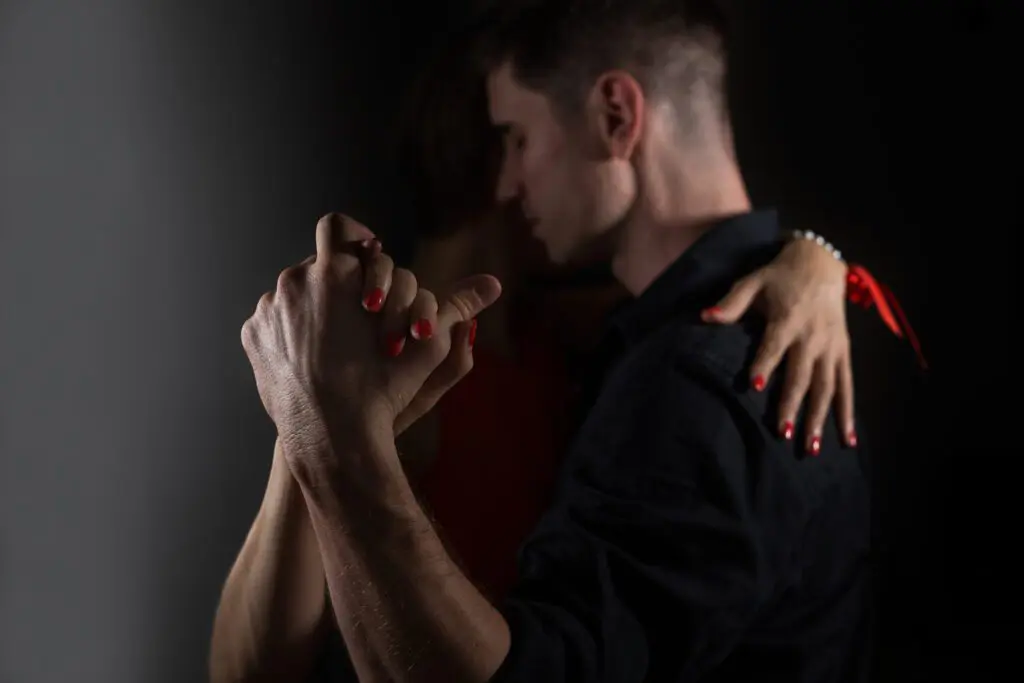Lessons In Coaching From 3 Common Mistakes Made When Dancing Tango
The intention of this post is to invite you to consider the synchronous nature of your coaching through the use of a dance metaphor.
The Tango is a dance influenced by African, South American, and European cultures and is characterized as being based on a syncopated rhythm that allows for much improvisation and full expression. To watch a couple, dance the Tango in a synchronous way can be an immersive experience; watching the dancers float across the floor effortlessly, perfectly synchronized, connected, and fully expressing. They share equal power in the movements even though one partner is leading. It can be so moving when the dancers are in sync. When the dancers are out of sync or “off” in their partnering of the dance, the experience for the observer can be choppy, disconnecting, and in some way uninspiring.









